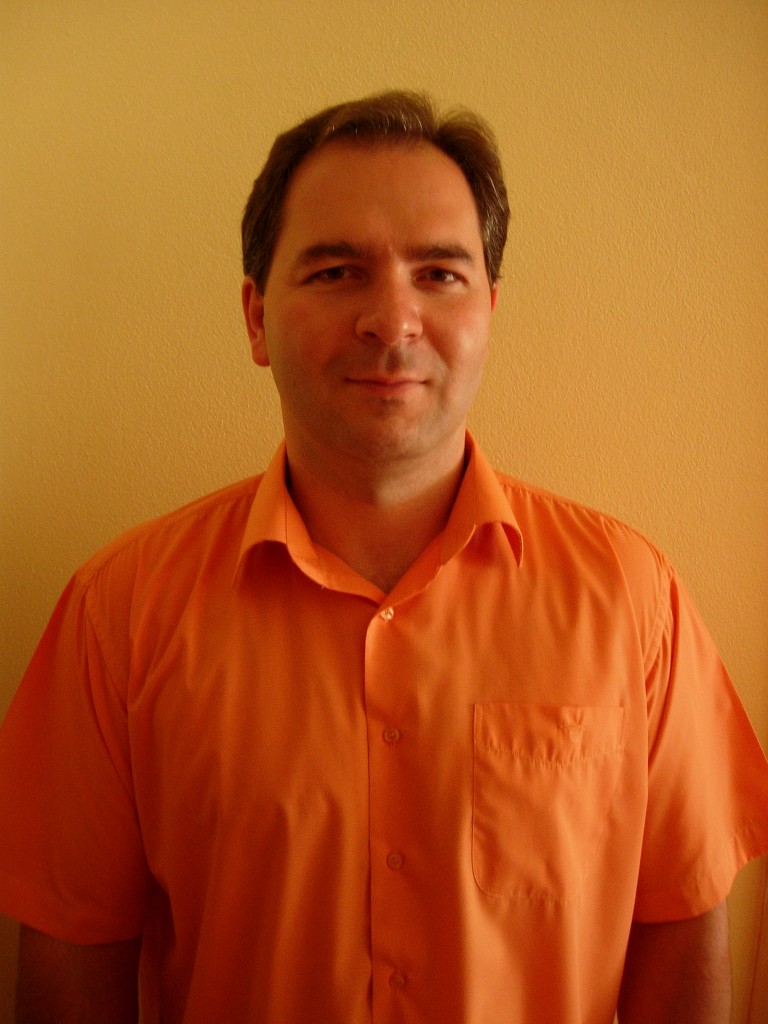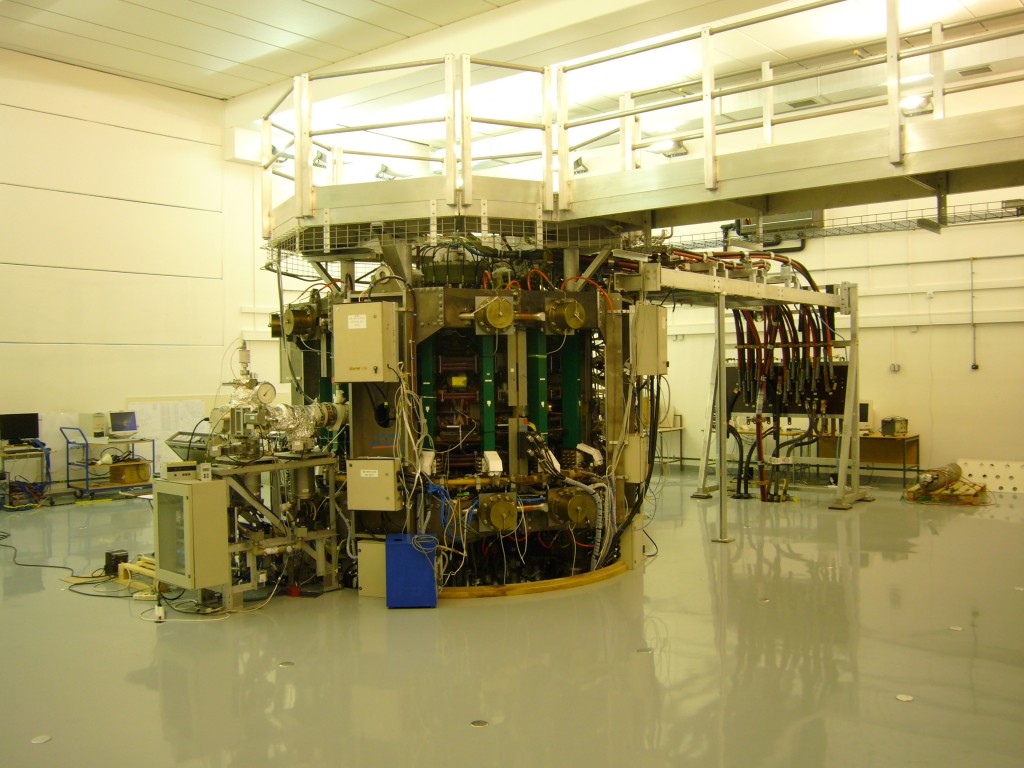ITER NEWSLINE
92
Second-hand, but world-class
Sabina Griffith
Second-hand, but world-class

Radomír Pánek, Head of the Tokamak Department at the IPP in Prague.
Newsline: On 9 December 2008, at noon, the relocated COMPASS-D machine had its first plasma at the IPP in Prague. In the photo, you can see the excitement in the faces of the staff witnessing the event from the control room. What were you thinking at that moment?
Panek: First plasma was obtained after three years of hard work by many enthusiasts. We had been following a very tight project schedule and I felt, of course, a lot of relief after success on the first attempt. On the other hand, I knew that a huge amount of work remained to be done before we would be able to provide really new scientific results.
Newsline: How and why did the machine that had served for so many years in Culham come to Prague?
Panek: In terms of fusion research, the Czech Republic occupied a special place among the new European member states, with the only operating tokamak and a long history of international cooperation on fusion through association with Euratom since 1999. Czech researchers operated the CASTOR Tokamak, which had basic components dating back to 1960 when it had started as TM-1 in the Kurchatov Institute in Moscow. Although it had been significantly modernized several times, CASTOR was no longer adequate for contemporary research, mainly focused on preparation for ITER. UKAEA, at the same time, was looking for a new operator for the COMPASS-D Tokamak due to resource shortages. This ITER-like machine had provided ten years of valuable data, but had been mothballed with the start of MAST Tokamak operation, long before its research potential was fully exploited. We were able to successfully negotiate support from the Academy of Sciences and the Czech government. We began tenders for the design and construction of a new building to house the device, at the same time as COMPASS-D was being dismantled by the IPP Prague team with assistance from their Culham colleagues. In October 2007, the COMPASS Tokamak was lifted through the roof and transported to Prague on a special oversized vehicle.
Newsline: What are your projects with COMPASS? What are the main technical features of the machine?
Panek: COMPASS was originally designed to study MHD (MagnetoHydroDynamic) physics. Our goal is to contribute with COMPASS to the field of edge plasma research, in which our Institute has a long tradition. We have installed two neutral beam injection heating systems enabling both unbalanced and balanced injection. These systems, together with ITER-like geometry and new edge plasma diagnostics with high temporal and spatial resolution, will allow many key problems of present tokamak research to be addressed at a relatively low-cost facility. Coils for resonant magnetic perturbation are installed in COMPASS and experiments with ELM suppression are planned for next year. We plan to study L-H transition, resonant magnetic perturbation technique for ELM mitigation, pedestal and ELM physics, and turbulence. We are interested in performing joint experiments with other ITER-like tokamaks—namely JET and ASDEX-U—and in contributing to scaling databases.
Newsline: How do you see the Czech role in the European/international fusion program?
Panek: I see a Czech role in the following three areas. First, we would like to create a middle and Eastern Europe centre for tokamak research and significantly increase collaboration with large-scale devices. Second, we'd like to organize a training school for students and young scientists in experimental physics and tokamak operation, on the model of what we had done on CASTOR. The COMPASS project has been the cause for considerable interest, and a new nuclear fusion curriculum has been established at the Czech Technical University. Lastly, we'd like to apply the Czech Republic's long tradition in fission research to fusion, for example to prepare Test Blanket Modules for next-step fusion devices.
return to Newsline #92



